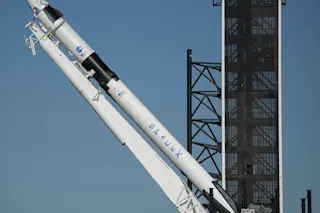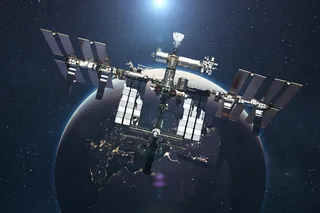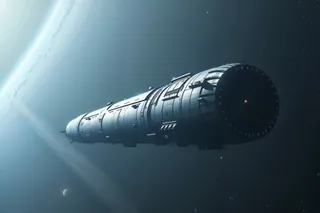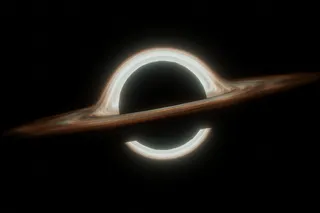On Wednesday, an American-built rocket will blast American astronauts from American soil for the first time in nearly a decade. SpaceX’s Crew Dragon will lift off for the International Space Station (ISS) from launchpad 39A at Florida’s Kennedy Space Center at about 4:33 p.m. EDT.
Since the end of the Space Shuttle Program in 2011, American astronauts have hitched rides to space aboard Russian Soyuz rockets, costing NASA billions of dollars as the agency waited for private spaceflight companies to finish their crew transportation vehicles. With this launch, as well as upcoming launches from Boeing, NASA hopes to pioneer a reliable and cost-effective way to transport American astronauts — as well as international partners — to the ISS.
The event, called Launch America, will be unprecedented in many ways, from the use of SpaceX’s new technology to the goals of the mission itself.
NASA TV will begin streaming live launch ...














